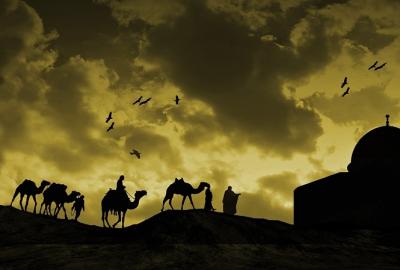
Theresa Corbin
The new year marks the hijra of the first Muslim community. That first community struggled and strove to keep the flame of faith alive so that Islam could be passed on to us today. This time of year is a great time to pause and reflect on the past and those who struggled to make hijra.
Much of what we read about the hijra is of the male companions. These valiant men earned their place in history and in our hearts. But there were many brave and righteous female companions who faced unimaginable obstacles to make it from Mecca to Medina to keep the faith alive.
Asma’ Bint Abu Bakr (RA)
Asma’, the daughter of Abu Bakr, was among the companions whose journey to Medina was fraught with danger. Leaving Mecca, she faced great opposition. During this time, she became known as Zât an-Nitâqayn (the one with to waistbands) after she ripped her waistband to help her carry food and supplies to the Prophet (PUH) and her father (RA) while they hid in the cave of Thawr to escape those who wished to assassinate the Prophet (PBUH).
Bringing the Prophet (PBUH) and her father supplies in the cave was dangerous business for Asma’. Not only was the path treacherous, which she climbed while pregnant, if she were found out that she was supplying the Prophet, she risked death herself.
Abu Jahl, a leader among those who wished to murder the Prophet (PBUH), began to suspect that Asma’ was an accomplice in hiding the Prophet. So, Abu Jahl approached her wanting to force her to tell him where her father and the Prophet hid.
But Asma’ (RA) faced Abu Jahl’s rage with brave silence. Once Abu Jahl realized that his tirade was not moving Asma’ to give up the location of those hiding from his murder attempt, he slapped pregnant Asma’ with so much force that her necklace fell off.
Once Asma’ finally reached Medina, she gave birth to the first newborn from the Muslim community in Medina.
Umm Salama (RA)
Umm Salama (RA) was among those companions who migrated to Abyssinia and to Medina. She left her home and family twice to seek religious freedom. “for Umm Salamah, Migrating to Abyssinia meant abandoning her home and giving up the traditional ties of lineage and honor for something new, pursuing the pleasure and reward of Allah”.
After returning from Abyssinia to her home in Makkah, and seeing that things had not improved as immigrants to Abyssinia had thought, she and her family set out yet again to leave behind everything and migrate to Medina.
But her husband and children were met with opposition from her family and they were torn apart. After days of deeply mourning the incident, her family took pity on her and returned her son to her care. Wanting to reunite her entire family in a new land- a land of hope, away from the oppression of Mecca, she was determined to make the dangerous trek to Medina- alone.
Travelling through the desert in her day and age took time and was extremely dangerous. But still she bravely set out to travel alone with her child to Madinah trusting in Allah (SWT) alone. And Allah provided her with safety when she met ‘Uthman bin Talhah ‘Abdari on her journey, who honorably accompanied her the rest of the way.
Aisha, Mother of the Believers (RA)
Aisha (may Allah be pleased with her) was one of the first children born into the Muslim community in Mecca. Because of this, she was young when the hijra to Medina took place.
But despite her tender age, she not only made the dangerous journey, she also narrated much of what went on around her before, during, and after the migration so that we can know today what the migration was like.
One such narration of hijra shows us how close to the Prophet (PBUH) her father, Abu Bakr (RA), was. She recalled that when her father asked the Prophet who would accompany him in the cave to avoid the assassination attempt, Abu Bakr cried out of joy when the Prophet told him it would be him.
Aisha (RA) tells us what course of action the Prophet (PBUH) and Abu Bakr (RA) took when the time came to leave the cave for Medina. Aisha reported:
“Allah’s Messenger and Abu Bakr had hired a man from the tribe of Bani Al-Dil from the family of Bani `Abd ibn `Adi as an expert guide, and he was in alliance with the family of Al-`As bin Wa’il Al-Sahmi and he was on the religion of the people of Quraish.
The Prophet and Abu Bakr trusted him and gave him their two she-camels and took his promise to bring their two she-camels to the cave of the mountain of “Thawr” in the morning three nights later. And (when they set out), `Amir ibn Fuhairah and the guide went along with them and the guide led them along the sea-shore.” (Al-Bukhari)
Once they entered Medina, Aisha (RA) narrated all that she saw. She documented how perilous life was even after the journey had ended. Aisha said, “We came to Madinah and it was the most polluted land of Allah. The water there was stinking.” She said: “When the Messenger of Allah came to Madinah, both Abu Bakr and Bilal became ill. I entered on them, and asked: ‘My father! How do you find yourself? Bilal! How do you find yourself?”
Aisha narrated, “I came to the Messenger of Allah and I told him, he said:
‘O Allah! Make Al-Madinah dear to us like our love for Makkah and more. O Allah! Make it healthy, and bless us in our weights and measures; and remove its disease away from it to Al-Juhfah’.”
Highlighting the important women who made hijra and braved many hardships from the migration, gives us another glimpse into the lives of the companions of the Prophet (PBUH) and their sacrifices to protect and pass down the deen of Islam.
Source: About Islam


 Quran
Quran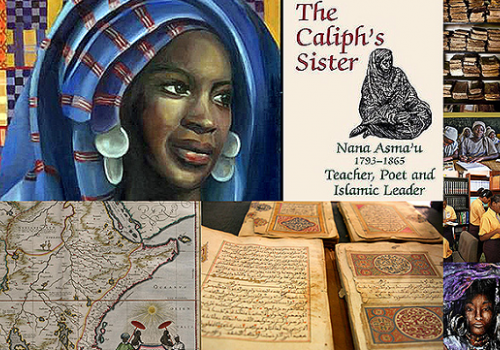

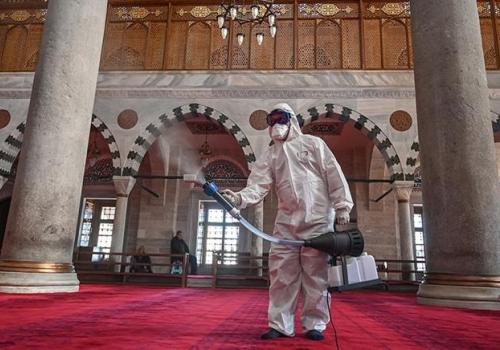

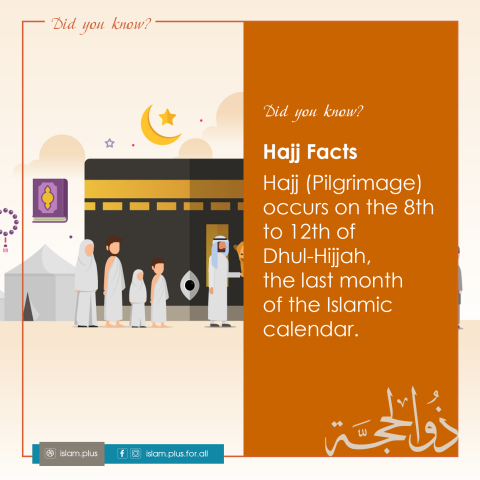
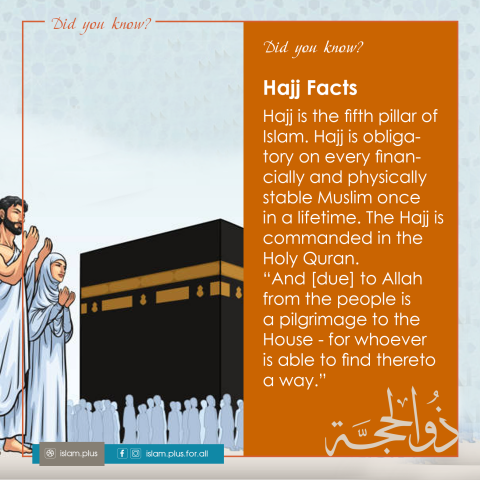
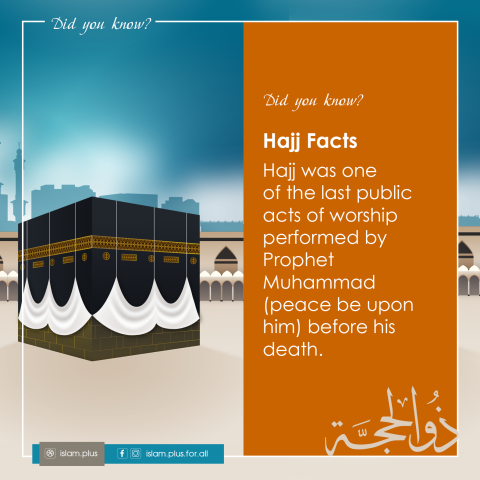
Add new comment